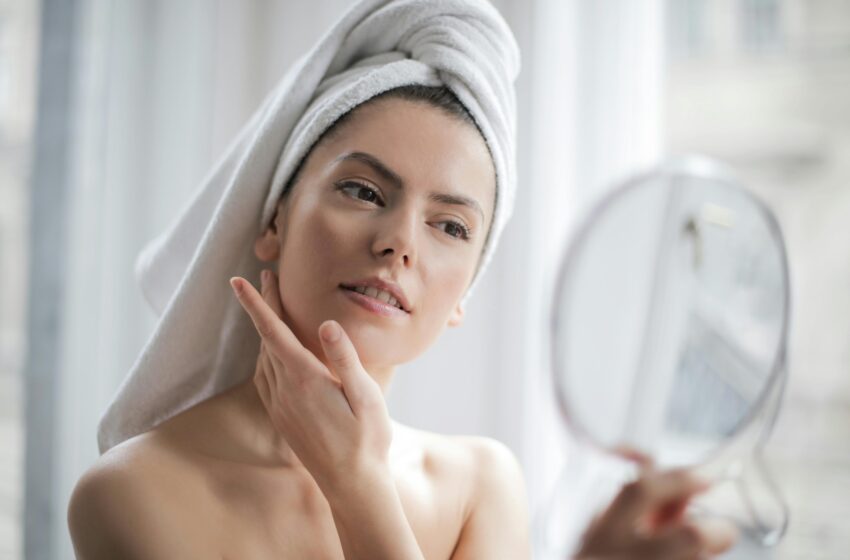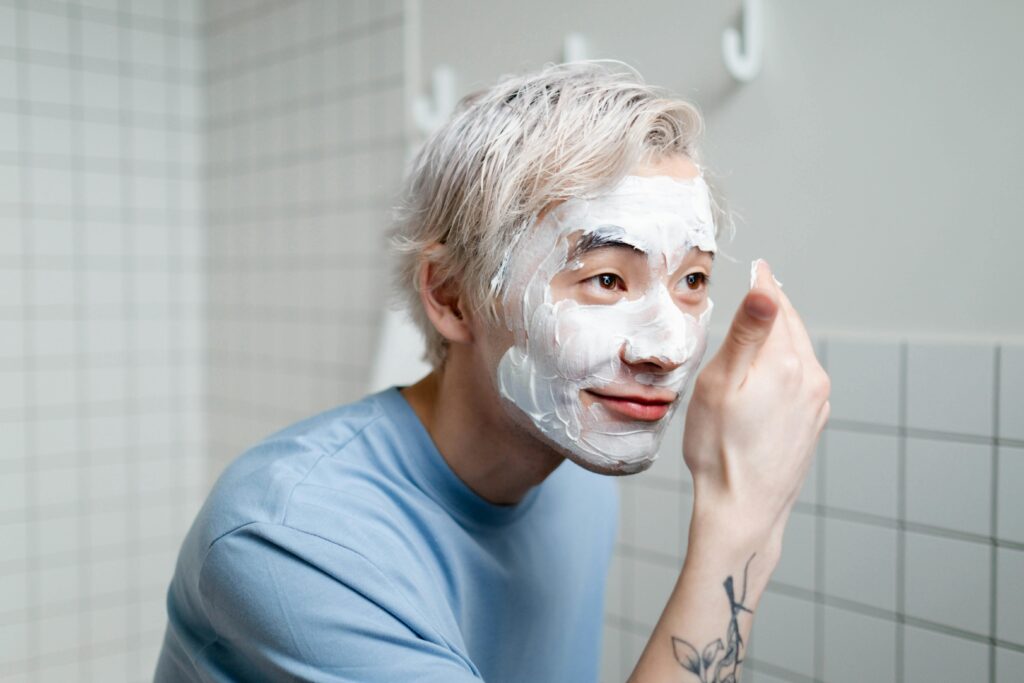Busting Acne Myths: Separating Fact from Fiction

Acne is a common skin condition that affects individuals of all ages. It can be frustrating, embarrassing, and even painful. Sadly, misinformation and misconceptions about acne myths abound, making it challenging for people to find the most effective treatments and solutions. In this blog post, we aim to debunk some of the most prevalent myths surrounding acne and its treatment, pryoviding you with accurate information to help you better understand and manage this skin condition.
Understanding Acne Myth vs. Reality
Myth 1: “Acne is caused by poor hygiene”
Many people believe that acne is a result of poor hygiene, but it’s important to separate fact from fiction. Acne is primarily caused by a combination of factors, including hormones, genetics, and the overproduction of sebum (the skin’s natural oil). While practicing good hygiene habits is crucial for overall skin health, it does not directly cause acne. In fact, excessive washing and scrubbing can irritate the skin and worsen acne. Instead, focus on gentle cleansing and using non-comedogenic skincare products to keep your skin clean without stripping away its natural oils.
Myth 2: “Only teenagers get acne”
Contrary to popular belief, acne is not limited to teenagers. It can affect individuals of all ages, including adults. While hormonal changes during puberty are one of the primary triggers of acne in teenagers, acne can persist well into adulthood due to various factors such as hormonal fluctuations, stress, certain medications, and lifestyle choices. It is essential to understand that acne is not just a phase that will naturally go away after adolescence.
The Truth About Acne Triggers
Myth 3: “Eating greasy or fried foods causes acne”
It is a common misconception that indulging in greasy or fried foods leads to acne breakouts. The truth is that diet plays a relatively minor role in the development of acne. While some individuals may notice a correlation between certain food choices and their acne, it is not a direct cause-and-effect relationship. However, it’s crucial to maintain a well-balanced diet for overall skin health and to support your body’s natural healing processes. Focus on consuming a variety of fruits, vegetables, whole grains, and lean proteins.
Myth 4: “Popping pimples makes acne go away faster”
We’ve all been tempted to pop a pimple at some point, believing that it would help it disappear quicker. However, popping pimples is not only ineffective but also harmful to your skin. Squeezing or popping pimples can lead to scarring, introduce bacteria to the surrounding area, and even cause more pimples to form. Instead, opt for topical acne treatments recommended by dermatologists. These products work to reduce inflammation, unclog pores, and promote faster healing.
Dispelling Misconceptions of Acne Treatments
Myth 5: “Sun exposure helps clear acne”
While it is true that the sun can temporarily improve acne by drying out excess oil, it is not a recommended long-term solution. Prolonged sun exposure can damage the skin, increase the risk of skin cancer, and lead to more oil production as the skin tries to compensate for dehydration. Protect your skin from harmful UV rays by using non-comedogenic sunscreen containing an SPF of at least 30, and seek shade during peak sun hours.
Myth 6: “All acne treatments work the same for everyone”
Each individual’s skin is unique, and what works for one person may not work for another. There is no one-size-fits-all approach to acne treatment. It is crucial to consult with a dermatologist who can evaluate your skin type, severity of acne, and other factors to determine the most suitable treatment plan for you. This may include topical medications, oral antibiotics, retinoids, or other prescription treatments. Remember, finding the right treatment requires patience and often a process of trial and error.
Addressing Common Remedies and DIY Treatments
Myth 7: “Toothpaste is an effective spot treatment for acne”
Using toothpaste as a spot treatment for acne is a well-known DIY remedy, but it may do more harm than good. Toothpaste contains ingredients such as menthol and baking soda, which can irritate the skin and potentially worsen acne. Instead, opt for spot treatments specifically formulated for acne, containing ingredients like benzoyl peroxide or salicylic acid. These products are designed to target bacteria and reduce inflammation without causing additional skin irritation.
Myth 8: “Natural remedies are a miracle cure for acne”
While natural remedies can be appealing due to their perceived safety and simplicity, the truth is that there is limited scientific evidence supporting their effectiveness in treating acne myths. While some natural ingredients like tea tree oil or green tea extracts may have antibacterial and anti-inflammatory properties, it is important to use them in conjunction with dermatologist-recommended treatments for the best results. Always consult with a skincare professional before incorporating any new products or treatments into your routine.
Conclusion
In conclusion, it is crucial to separate fact from fiction when it comes to acne and its treatment. Poor hygiene, greasy foods, and the belief that acne only affects teenagers are just a few of the many myths surrounding this common skin condition. By understanding the true causes and triggers of acne, as well as seeking professional advice, you can effectively manage and treat this condition. Remember, what works for one person may not work for another. So be patient and persistent in finding the right treatment for your skin. Let’s debunk these myths together and empower individuals to make well-informed decisions when it comes to their acne myths journey.






